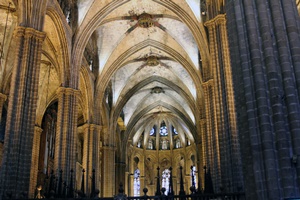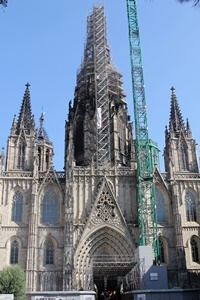
Cathedral Façade Med Lrg Xlg |
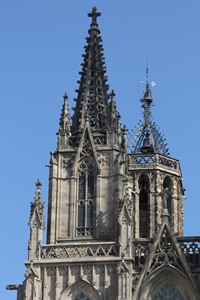
Left Tower Med Lrg Xlg |
There was a small admission fee to enter the cathedral (which probably helps pay for the restoration work), but the investment is more than worthwhile. The interior is gothic in design and is 305 feet long by 131 feet wide. There are 28 side chapels and a large enclosed choir area in the middle. Here’s some of that:
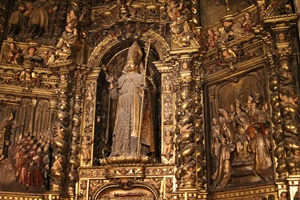
St. Severus Altarpiece (1683) Med Lrg Xlg |
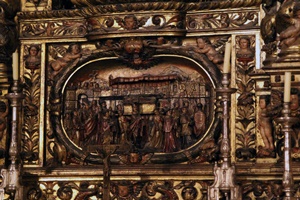
St. Severus Altarpiece (1683) Med Lrg Xlg |
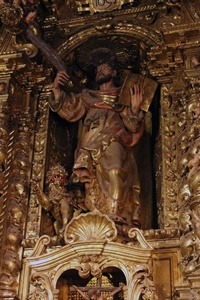
Chapel of St. Mark (1683-92) Med Lrg Xlg |
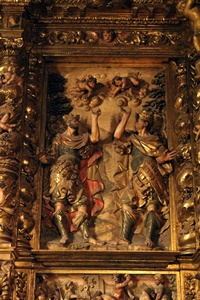
Chapel of St. Mark (1683-92) Med Lrg Xlg |
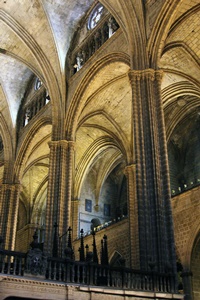
Vaulting Med Lrg Xlg |
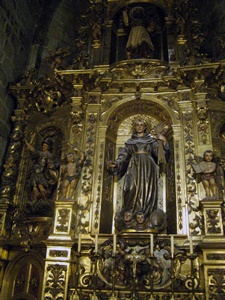
Altarpiece of Saint Bernhard of Siena (1783-85) Med Lrg |
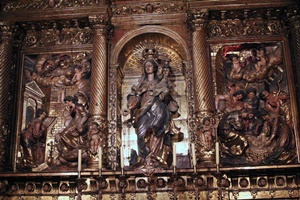
Altarpiece of Our Lady of the Rosebush (1617-29) Med Lrg Xlg |
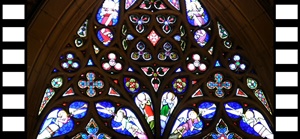
Stained Glass and Vaulting MP4-Sml MP4-Med WMV-HD |
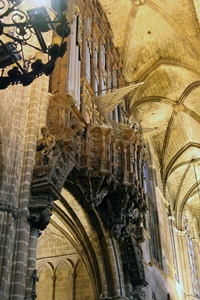
Organ Med Lrg Xlg |
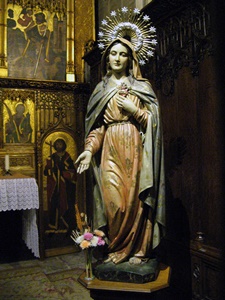
Altarpiece of Saint Sebastian and Saint Tecla (1486-98) Med Lrg |
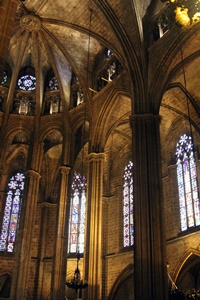
Vaulting and Stained Glass Med Lrg Xlg |
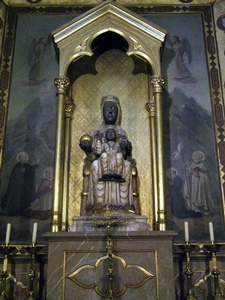
Virgin Mary of Montserrat Statue Med Lrg |
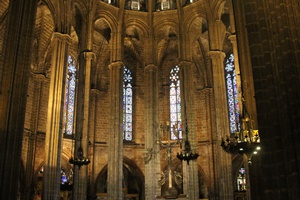
Apse Med Lrg Xlg |
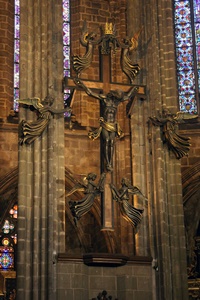
Cross, High Altar Med Lrg Xlg |
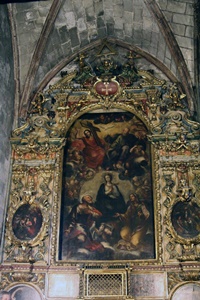
Altar with Painting Med Lrg Xlg |
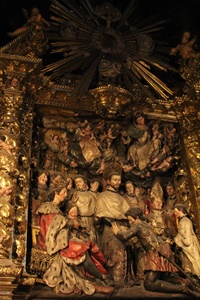
Altarpiece of the Foundation of the Mercedarian Order (1688) Med Lrg Xlg |
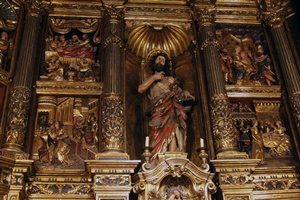
Altarpiece of Saint John the Baptist (1577) Med Lrg Xlg |
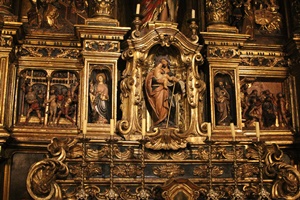
Altarpiece of Saint John the Baptist (1577) Med Lrg Xlg |
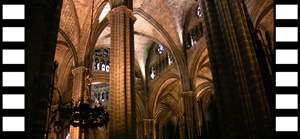
Cathedral Interior MP4-Sml MP4-Med WMV-HD |
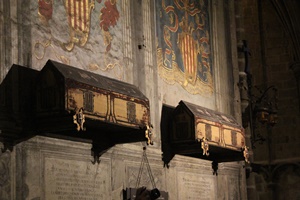
Coffins of Count of Barcelona, Ramón Berenguer I, and his Wife (11th C.) Med Lrg Xlg |
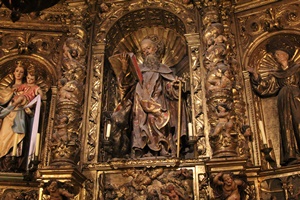
St. Anthony Abbot Altarpiece (1722) Med Lrg Xlg |
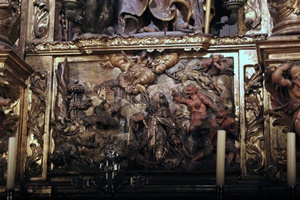
St. Anthony Abbot Altarpiece (1722) Med Lrg Xlg |
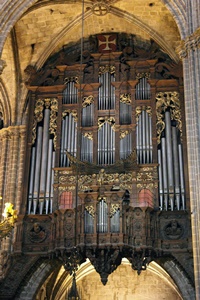
Organ Med Lrg Xlg |
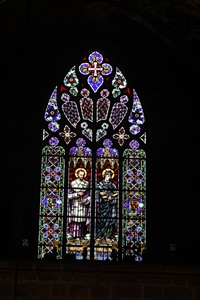
Stained Glass Med Lrg Xlg |
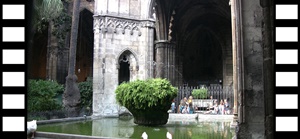
Archway, Fountain and Geese MP4-Sml MP4-Med WMV-HD |
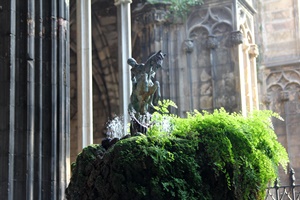
Figure, Fountain of the Geese Med Lrg Xlg |
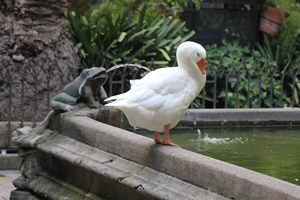
A Goose Med Lrg Xlg |
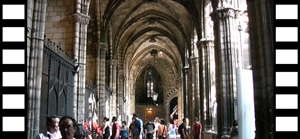
Cloister Vaulting MP4-Sml MP4-Med WMV-HD |
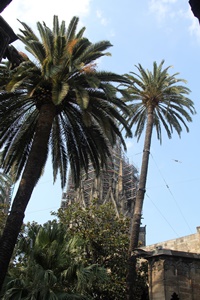
Palm Trees Med Lrg Xlg |
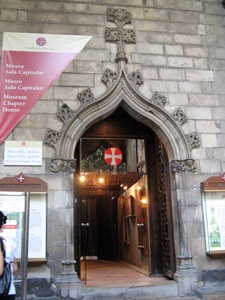
Museum Entrance Med Lrg |
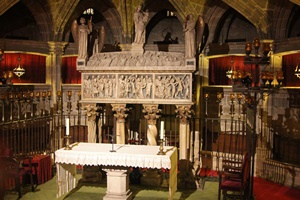
Crypt of St. Eulalia Med Lrg Xlg |
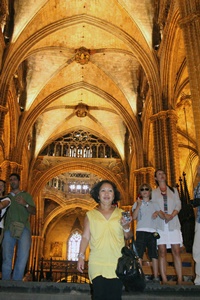
Nella Approaching Crypt Med Lrg Xlg |
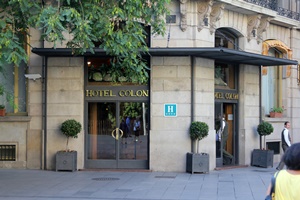
Hotel Colón Med Lrg Xlg |
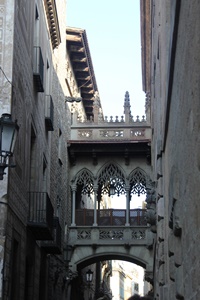
Bridge Between Palau de la Generalitat and Casa dels Canonges Med Lrg Xlg |
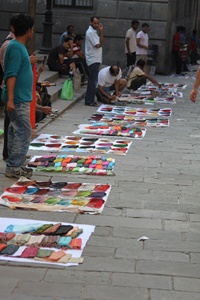
Street Vendors Med Lrg Xlg |
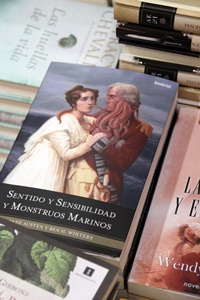
Bookstore Merchandise Med Lrg Xlg |
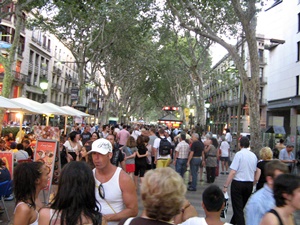
La Rambla Med Lrg |
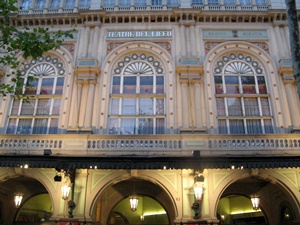
Gran Teatre del Liceu, La Rambla Med Lrg |
Our plans for the next day were ambitious, so we made an early evening of it. Our first stop was to be a visit to the famous Sagrada Família.
